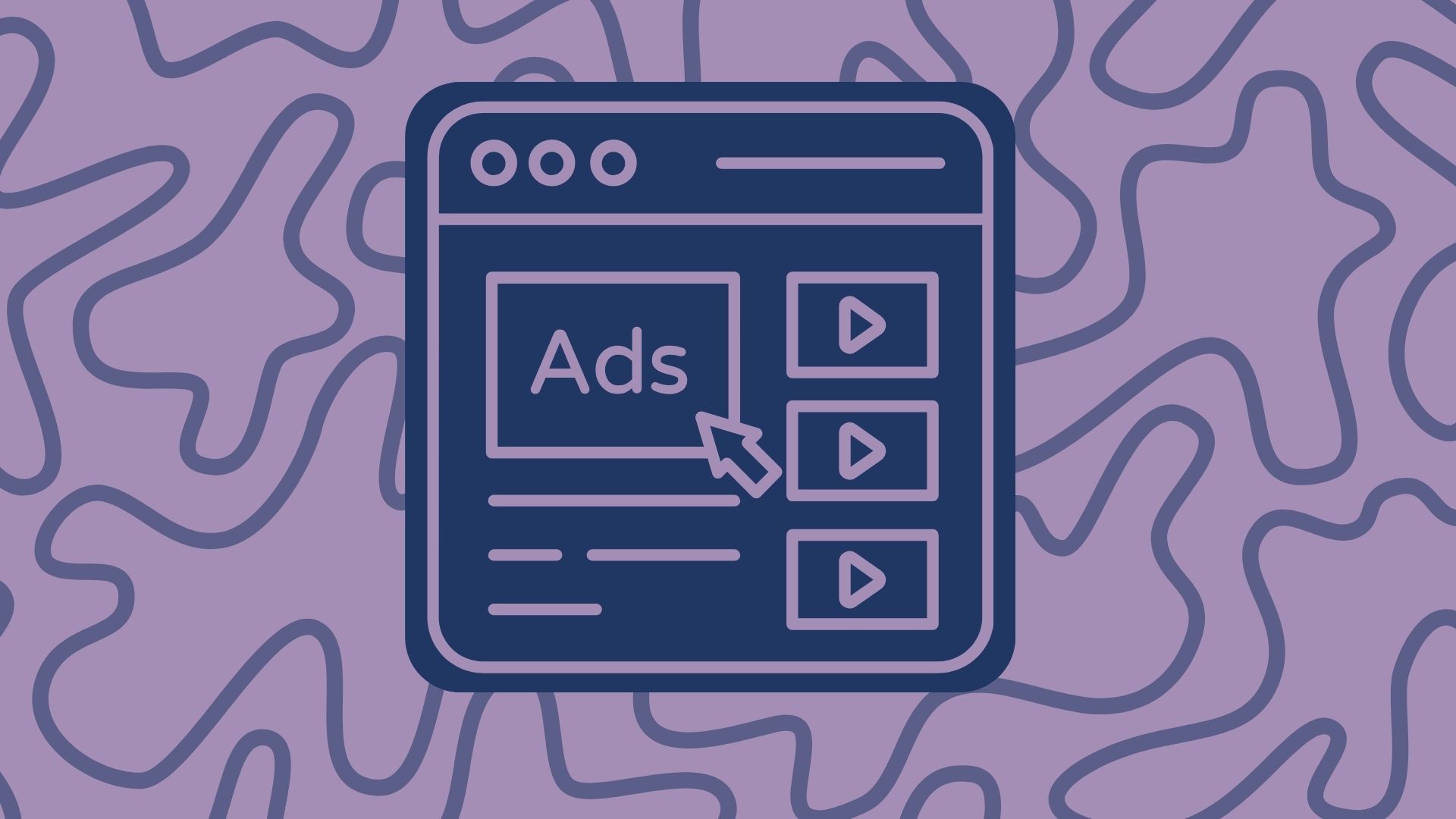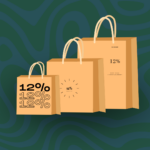
Google News adds a customizable Following feed
February 16, 2024 Posted by Liam Walsh Round-Up 0 thoughts on “Google News adds a customizable Following feed”In June 2023, Google announced that they would be redeveloping their News feature by rolling out a new design for the Following feed on Android. This feed provides the user with updates on topics, locations, and sources that they have customised and selected.
What has Google changed with the Following Feed?
Historically, Google News would allow users to follow whatever topic they wanted whether that was Sports, Politics or Health, for example, as well as the publications (such as the New York Times) as well as their location. The Google algorithm would then collate this information into your ‘For You’ feed. The Following tab would simply list everything that you followed however this has now changed to create a custom board with cards for all the topics, sources, and locations.
Whilst you can’t amend the card’s position in the app they are all linked back to the main hub. Additionally, the app has a recently followed section which will allow users to find something quickly if they would rather not scroll. In general, this redesign has created a more enjoyable UX and users for all to have a more focused experience as well as offering greater control over your News.
Why has Google made the update?
These changes have arrived following Google’s decision to overhaul the Material You, element of Google News earlier in the year. Material You is the new design language, which Google has implemented across all products such as Pixel Watch and Pixel 7 Pro phone. The design is expected to make a user’s experience more customizable and personal.
However, there has been speculation that the redesign is merely laying the groundwork for a product merger with the Chrome browser. Despite this, the update reiterates Google’s commitment to creating a tailored user experience across all its products.








